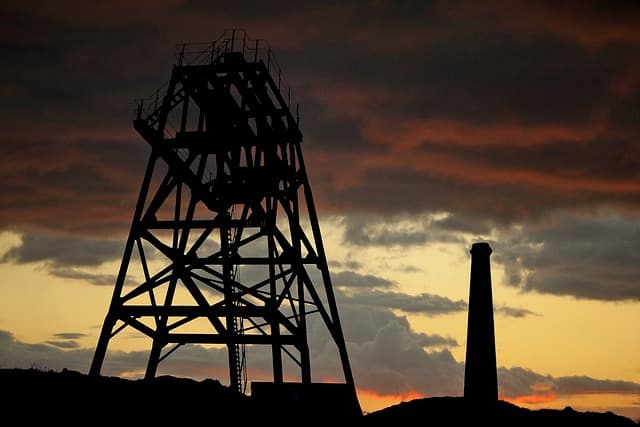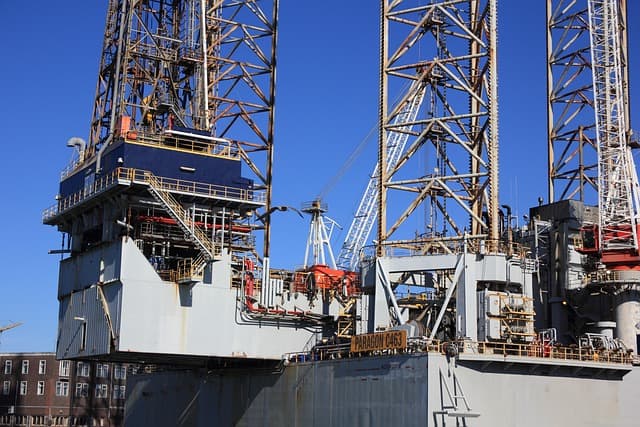The last technology on our list is hydraulic fracturing. It is one of the methods of oil and gas stimulation that has become widespread in recent decades. Oil and gas companies around the world – and especially in the U.S. – are actively using this technology to increase field productivity, extend well life and improve project economics.
How does hydraulic fracturing work?
The essence of the method is to create a network of artificial fractures in the pay zone. This is done to make it easier for hydrocarbons to flow to the bottom of the well. At depths of over 500 meters, a special fluid consisting of 99% water and proppant (fine-grained material such as sand) is injected into the formation under high pressure to keep the fractures open. The remaining 1% is chemical additives that optimize the process depending on the geology.
If the pressure exceeds the horizontal component of rock pressure, a vertical crack is formed. If the total rock pressure is exceeded, the fracture is horizontal. The direction and extent of the fracture is controlled by packers and couplings in the well.
Although the technology was developed back in the mid-20th century, today it has reached a new level through the use of digital modeling, remote control, real-time monitoring and machine learning.
Case Study: How Fracking Changed the U.S. Oil and Gas Industry
It was the US that drove the adoption and scaling of fracking technology, especially as part of the shale revolution of the 2000s. Since then, fracking has propelled the country to the top spot in the world in terms of oil and gas production.
Key features of the U.S. approach:
- Horizontal drilling and multi-stage hydraulic fracturing: a single horizontal well can have up to 50 or more fracture stages;
- Extensive digitalization: process automation, pressure control and visualization of fracture propagation;
- Cost efficiency: the cost of shale oil production has fallen to a competitive level even at moderate oil prices;
- Environmental focus: laws limiting the use of water are being introduced, reuse of drilling fluids is being encouraged, reporting on the chemical composition of fluids is mandatory.
Main production regions:
- Permian Basin – Texas and New Mexico;
- Bakken Formation – North Dakota and Montana;
- Marcellus Shale – Pennsylvania and Ohio;
- Eagle Ford – Texas.
American success in the application of hydraulic fracturing has led to a worldwide spread of the technology, from Argentina and Canada to China.



